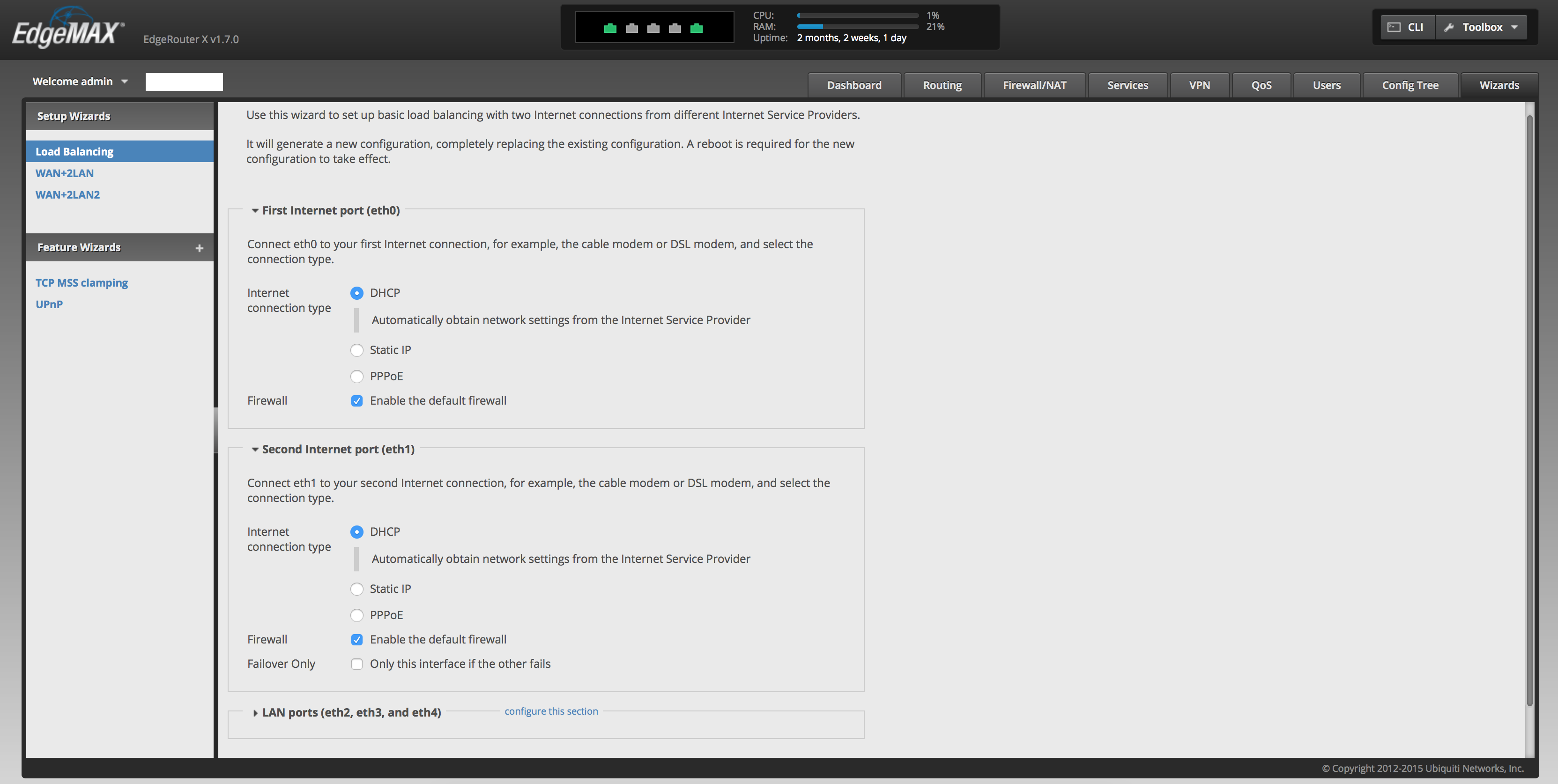Is the Edge Router X the Best Budget Router for Home Networking?

Solutions to share the Internet on a network have tremendiously evolved in the last twenty years. My first experience was using Wingate, a software proxy that could act as an Internet gateway. Along with the introduction of Internet broadband came the consumer gateways, such as the iconic Linksys BEFSR41. The market was flooded with such solutions, but consumers often replaced them every few years because of failure hardware or discontinued software support.
Last year, I posted about my frustration with such solutions, switching to IpFire, a software firewall. Although a great piece of software, finding the proper hardware for it proved difficult. Towards the end of the year, I discovered Ubiquiti Network Solutions and their disruptive business model : offer entreprise level hardware will numerous features at a fraction of the cost. Given the basic router was less than 100 CAD, my interest was peeked.

Ubiquiti's Edge Routers operate using EdgeOs, a fork of the Vyatta operating system. The router can be configured using the web UI or the command line. Although most configuration tasks can be handled with the web UI, you will need the command line for some more complex tasks. Anyone with experience using a Vyatta product should feel comfortable with the command line intertace. Coming from a Cisco background, it requires a bit of adaptation. However, those without any router configuration experience might find it challenging.
Don't expect any wireless from this device, this is a pure router. From a consumer point of view, this is quite frustrating as additional hardware is required. However, this makes perfect sense in a corporate setting : each device has his dedicated function. In my case, I installed a pair of Unifi Wireless AC Access Points which will be described in a future article.

Did I mention that setting up the router was quite challenging? The first step is to device which interface will be the WAN port (Internet) and which interface will be the LAN port (your network). You can also separate your WLAN (wireless network) on a separate port. This has some definitive security advantages, as wireless networks are most likely to have untrusted clients (visitors with cell phones, hackers with vans parked outside, etc.). However, some technology that rely on broadcasting traffic between your WLAN and LAN might break (Steam streaming, Apple Bonjour, etc.).
You will then need to setup some NAT rules to route traffic from your home network to the Internet. You might also need some port forwarding rules to forward traffic from the Internet to specific devices in your home network. You then have the responsibility of making the setup secure by adding the appropriate firewall rules.
There are plenty of guides to help your setup the Edge Router X for either a home network or a commercial setup. Support from both Ubiquiti and the community it has built is quite elaborate.

The edge router is definitively not an easy home solution. It is quite possibly the most difficult Internet gateway I've ever setup. Those looking for an alternative home router with wifi support should look into Ubiquiti's newest product, the Amplifi, to be released this summer.
However, with time, it has shown itself to be one of the most reliable solution I've used at home. The only major complaint I have is the lack of OpenVPN support in the GUI. Although OpenVPN can be configured on the command line, it is unsupported and requires some tweaking every time the router is upgraded. If you are sick of consumers routers, and commercial hardware does not intimidate you, the Edge Router X is an interesting purchase.




